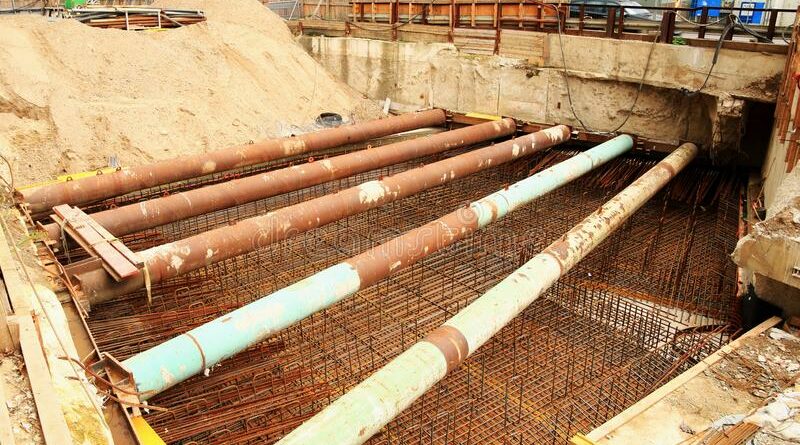Basic Civil Engineering interview Questions and Answers
1. What is the size of a specimen to be used for crushing test of stone ?
As per the IS codes 40 × 40 × 40 mm size cube of stone is to be used to perform the crushing test. The specimen is then placed in compression testing machine & loaded at 14 N/mm2.
2. What is Micro-irrigation ?
Micro-irrigation is a system where water is distributed under low pressure through the piped network in a pre-determined pattern and applied to each plant. It is also called localized irrigation.
3.How much coats of plastering require to plaster on wood and steel ?
Wood and steel surface require 3 coats of plastering so that the surface is completely safe and sealed .
4. Can you tell us types of rail sections ?
There are three types of rail sections are :-
- Double Headed Rail (Shaped like a dumbbell
- Bull Headed Rail (Head thicker/stronger than lower part)
- Flat Footed Rail
5.What is Micro concrete ?
It’s a Dry ready-mix concrete it is used for minor concrete repair works by adding required quantity of potable water.
6.What is called Mallet?
The wooden headed hammer is called Mallet
7. what is the procedure for form work removal on site?
The removal of concrete form-work also called as strike-off or stripping of form-work should be carried out only after the time when concrete has gained sufficient strength, at least twice the stress to which the concrete may be subjected to when the form-works are removed.
It is also necessary to ensure the stability of the remaining form-work during form-work removal. Form-work should not be removed until the concrete has developed sufficiently strength to support all loads placed upon it. The time required before form-work removal depends on the structural function of the member and the rate of strength gain of the concrete. The grade of concrete, type of cement, water/cement ratio, temperature during curing etc. influence the rate of strength gain of concrete.
The separation of forms should not be done by forcing crowbars against the concrete. It may damage the hardened concrete. This should be achieved by using wooden wedges
8. what is the green building?
A ‘green’ building is a building that, in its design, construction or operation, reduces or eliminates negative impacts, and can create positive impacts, on our climate and natural environment. Green buildings preserve precious natural resources and improve our quality of life.
9. What is the N value of rocks ?
The N value represents a standard value of energy required to penetrate 30 cm into soil by percussion drilling. It is standardized as the energy of a falling hammer from a height of 0,76 m. So 622,3 N (63.5 kg)* 0.76 m = 472,95 J.
10. What is reconciliation ?
It is the process of comparing the standard data with actual data after considering data relating to variances.
Suppose 100 MT of 16mm dia. TMT steel bars of Fe-500 grade are procured. Assume that the weight of the bar received is 1.63 kg/ Rm. The weight variation details of the consignment are as follows:
Total weight of steel received 1,00,000 kg
Standard weight of steel 1.58 kg/m
Length of steel received 1,00,000/ 1.63
= 61,349.693 m (Actual weight 1.63 kg/Rm.)
Length of steel as per standard weight 1,00,000/1.58 = 63,291.139m
Loss of weight 0.05/1.58 = 3.16%
Weight computed by measurement and std. wt.
=61,349.693 x 1.58 = 96,932.50 kg
Loss of weight = 3067.50 kg

